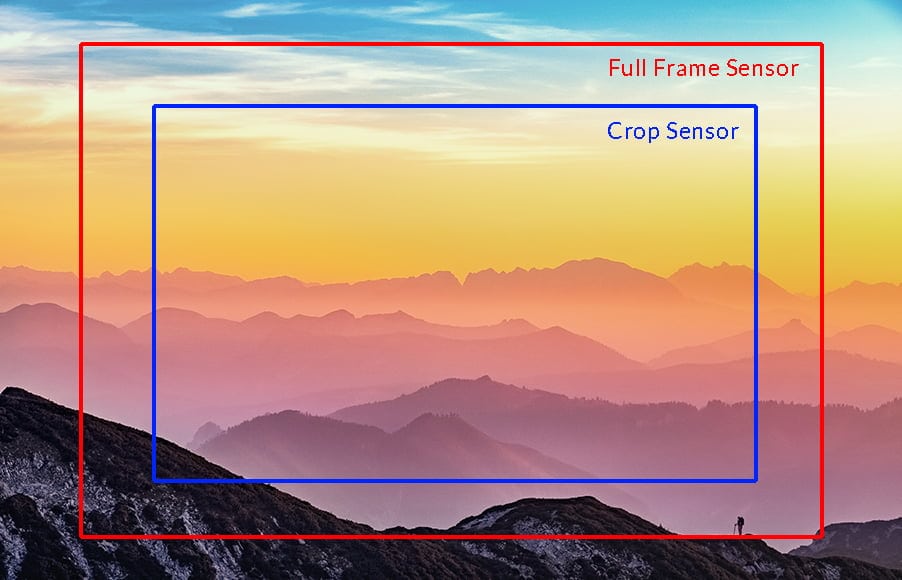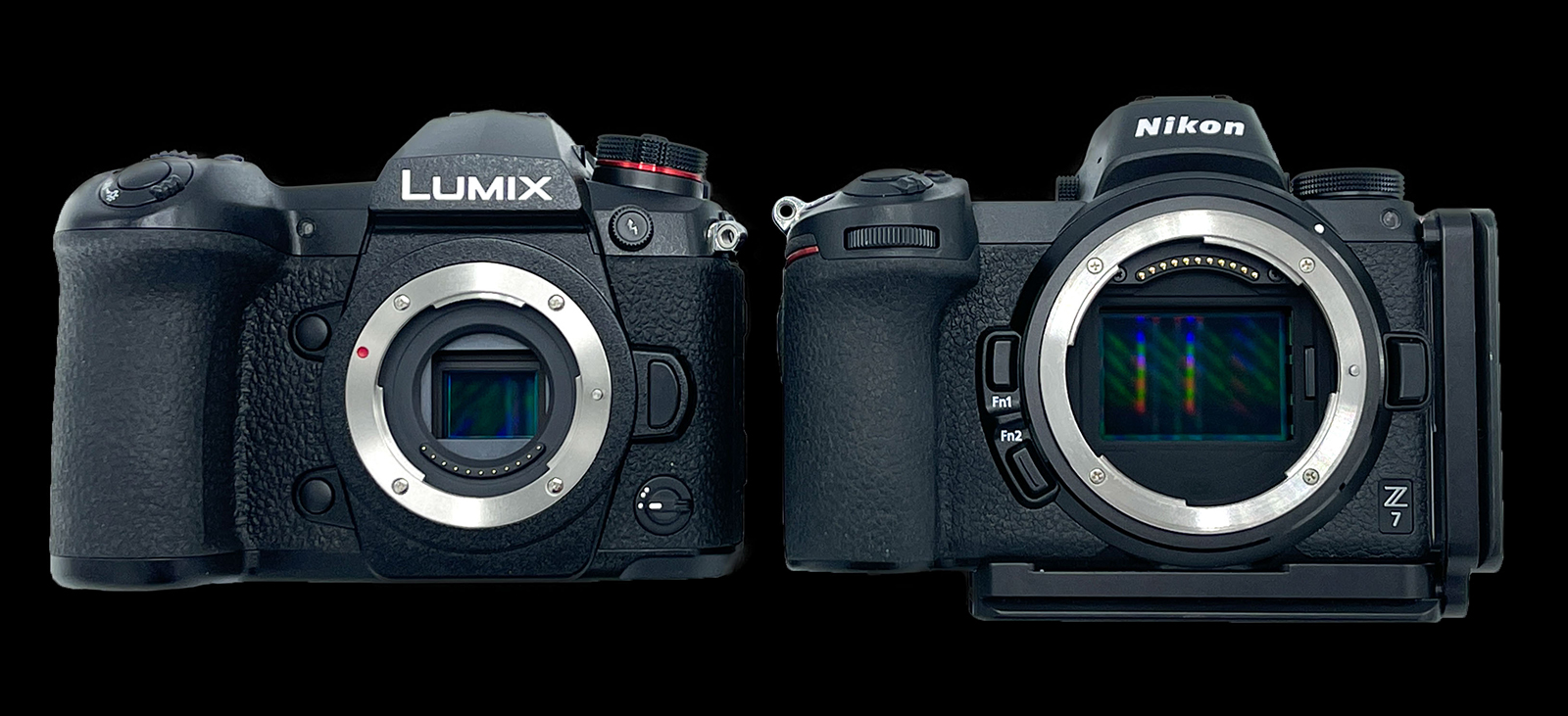

As an example, a smartphone camera that has 12 megapixels may have pixels measuring a tiny 1.1 microns, whereas a 12 megapixel Sony A7Siii has pixels measuring 8.4 microns. Large pixels are better at gathering light, have better dynamic range and produce less digital noise compared to small pixels. This results in varied pixel sizes, which is measured in Microns with the symbol μm (which stands for micrometre). Sensors of the same physical size can have vastly different pixel counts. Pixel Size, Dynamic Range and Performance of Camera Sensors
Crop sensor vs frame ratio full#
A crop sensor (APS-C, Micro Four Thirds, etc.) can contain just as many megapixels as a full frame sensor camera. For example, a full frame 35mm x 24mm sensor can come with 12 megapixels (like a Sony A7Siii), 45 megapixels (like a Canon EOS R5) or however many pixels a camera manufacturer wants to squeeze onto the sensor. The physical size of sensors does not directly translate into the number of pixels. A camera that produces an image with dimensions of 6,000 x 4,000 pixels has 24,000,000 pixels, or 24 megapixels. The number of megapixels can be calculated by multiplying the horizontal pixel count by the vertical pixel count of the sensor. One megapixel is equivalent to one million pixels. Resolution refers to the number of pixels a camera produces in an image. Nikon Z7 Full Frame Sensor What is Camera Resolution? The same technology can be used on sensors of all sizes. The sensors do have varying characteristics due to the size differences, but these stem from the size alone. When it comes to sensors, the difference between full frame and crop is purely the physical size of the sensor. Interchangeable lens cameras have the sensor directly behind the lens, whereas DSLRS hide the sensor behind a mirror (for the viewfinder). Just like film cameras offered different film sizes (35MM, 120 Medium Format, 4x5, 8x10 Large Format, etc.), digital cameras come in several different sensor sizes. It is perhaps the most important piece of hardware in your camera and is equivalent to the film from pre-digital cameras. Nikon Z7 Full Frame Camera The Basics: Camera Sensors ExplainedĪ digital camera sensor is exposed to light when you press the shutter this is what captures image data. Panasonic Lumix G9 Crop Sensor Camera Vs. Below we will look at the most common camera sensors, discuss crops sensors vs full frames and help determine what is best for you. Sensors come in several sizes, have varying characteristics and wildly differing prices. Full frame sensors are 35mm x 24mm while crop sensors are smaller than this and can vary in dimensions. The primary difference between a full frame and crop sensors is simply the physical size of the sensor. Full frame vs crop sensor is usually the starting point for this conversation, but that is just a piece of the puzzle.

When it comes time to purchase a new camera system, inevitably the question of sensor size will come up.


 0 kommentar(er)
0 kommentar(er)
